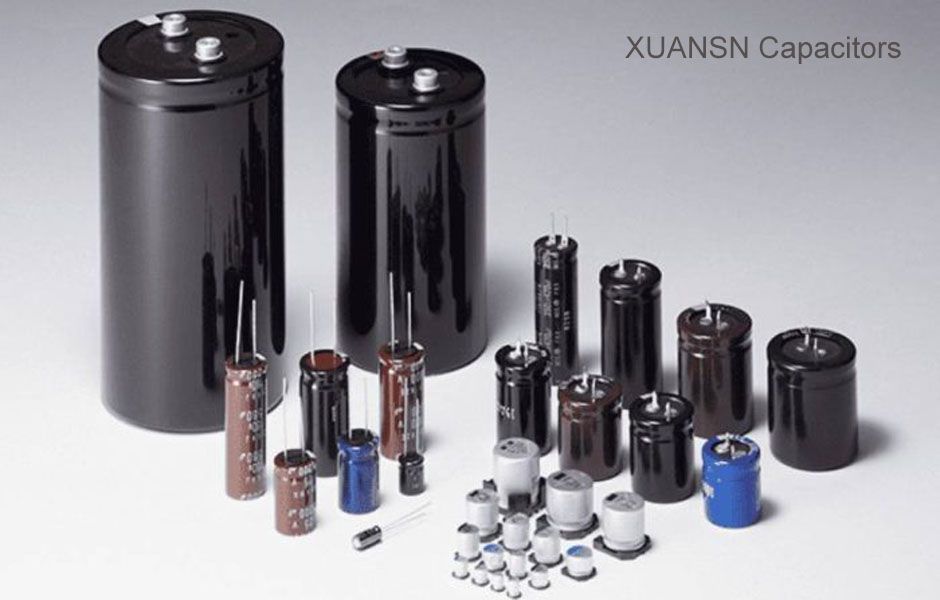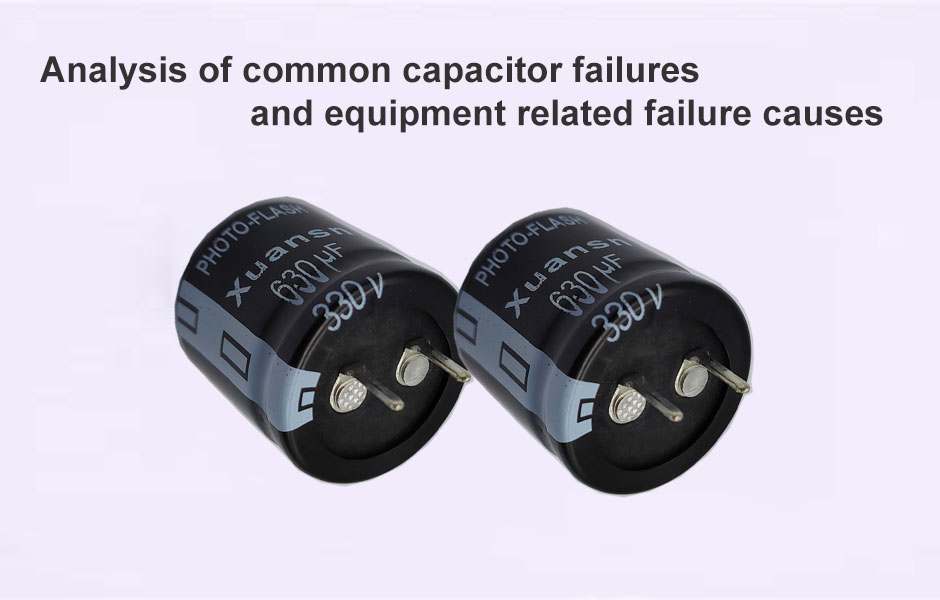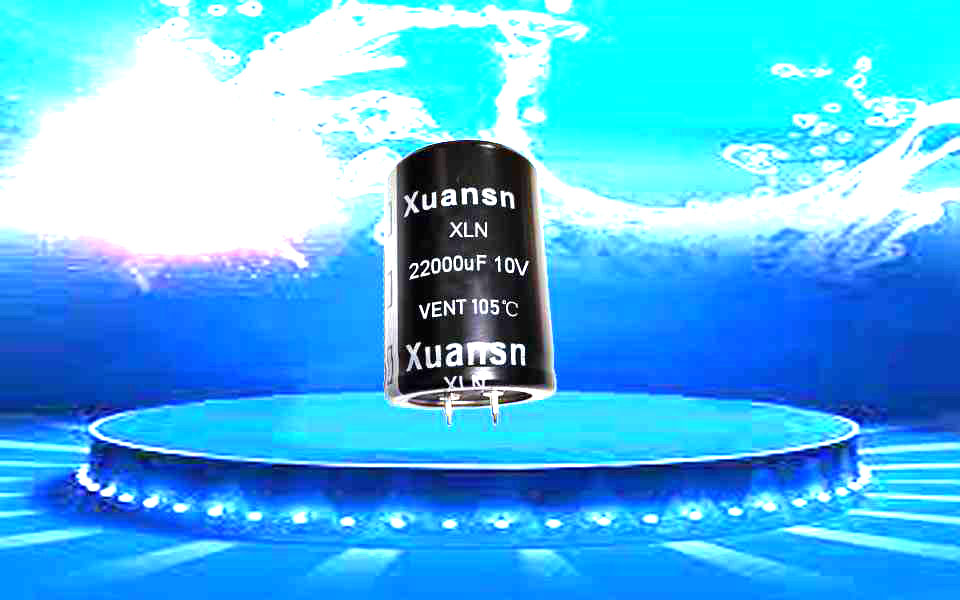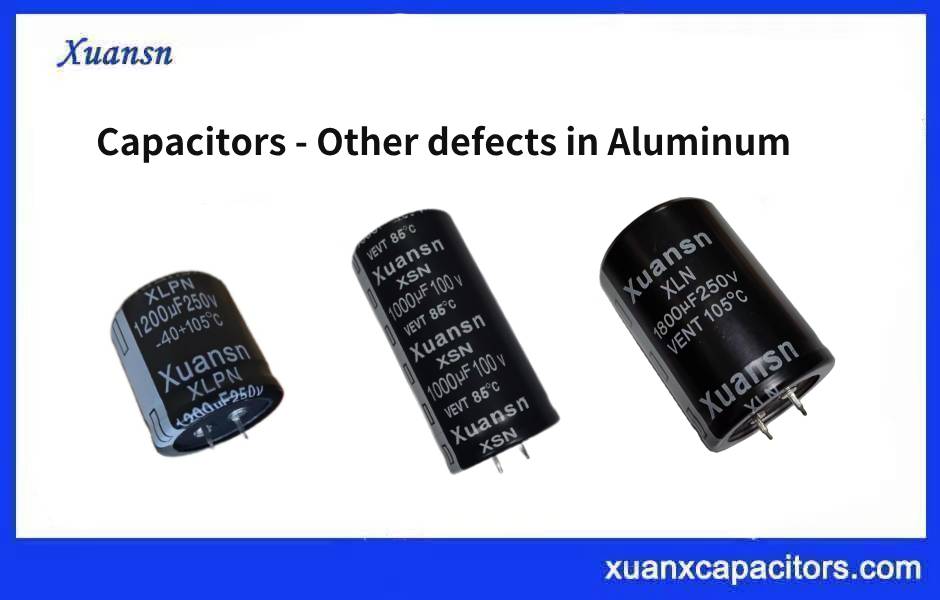Mechanical energy storage mainly includes pumped storage, compressed air energy storage and flywheel energy storage.
(1) Pumped storage: When the grid is low, the excess power is used as the liquid energy medium. The water from the low-lying reservoir is pumped to the high-lying reservoir. When the grid peaks, the water in the high-lying reservoir returns to the lower reservoir to promote the turbine generator. Power generation, efficiency is generally about 75%, commonly known as 4 out of 3, with daily adjustment capabilities, used for peak shaving and standby.
Inadequacies: difficulty in site selection and its dependence on the terrain; large investment cycle and high losses, including pumping loss + line loss; at this stage, it is also subject to China’s electricity price policy. Last year, more than 80% of China’s pumping storage was done. The Sun, in August last year, issued a policy on pumping electricity prices, which may be better in the future, but it is certainly not the development trend of energy storage.
(2) Compressed air energy storage (CAES): compressed air energy storage is the remaining power when the power system load is low. The air compressor is driven by the electric motor to press the air into the closed large-capacity underground cavern as the gas storage chamber. When the amount of power generation is insufficient, the compressed air is combusted with oil or natural gas through a heat exchanger, and is introduced into a gas turbine for power generation. There are many foreign studies and mature technologies. China started to be a little later. It seems that Academician Lu Qiang has a lot of research on this aspect, and what kind of cold and electricity cogeneration.
The compressed air storage also has a peak-shaving function, which is suitable for large-scale wind farms, because the mechanical work generated by wind energy can directly drive the compressor to rotate, reducing the intermediate conversion into electricity, thereby improving efficiency.
Inadequacies: One major drawback is the low efficiency. The reason is that the temperature rises when the air is compressed, and the temperature decreases during the release of the air. A portion of the energy is dissipated as heat during the compressed air process and must be reheated prior to expansion. Natural gas is often used as a heat source for heating air, which results in a decrease in energy storage efficiency. There are also conceivable deficiencies that require large gas storage devices, certain geological conditions, and dependence on burning fossil fuels.
(3) Flywheel energy storage: It uses a high-speed rotating flywheel to store energy in the form of kinetic energy. When energy is needed, the flywheel decelerates and releases the stored energy. Flywheel energy storage has a single technology in China (but the gap with foreign countries is more than 10 years). The difficulty lies in the development of new products with different functions according to different uses. Therefore, the flywheel energy storage power supply is a high-tech product but the original innovation. Sexuality is not enough, which makes it more difficult to obtain national research funding support.
Inadequacies: The energy density is not high enough, and the self-discharge rate is high. If the charging is stopped, the energy will be exhausted within a few to several tens of hours. Only suitable for some market segments, such as high quality uninterruptible power supplies.





